
Life in the wild can be brutal and unforgiving. Lionesses usually submit to new males who have conquered their pride and killed any cubs from rival males. Witnessing such behaviour this week with the lone Angama Pride lioness, we suspect her last remaining cub may now be dead. The suspicious male we first reported about last week had moved southwards spending time with the Owino Pride but only for a little while.
This week, he was back right below Angama Mara and mating with the Angama Pride lioness. As cruel as this may seem, this is natural behaviour and a drive for male lions to pass on their own genes. It is also a survival strategy because lionesses are far better hunters and a steady source of food.
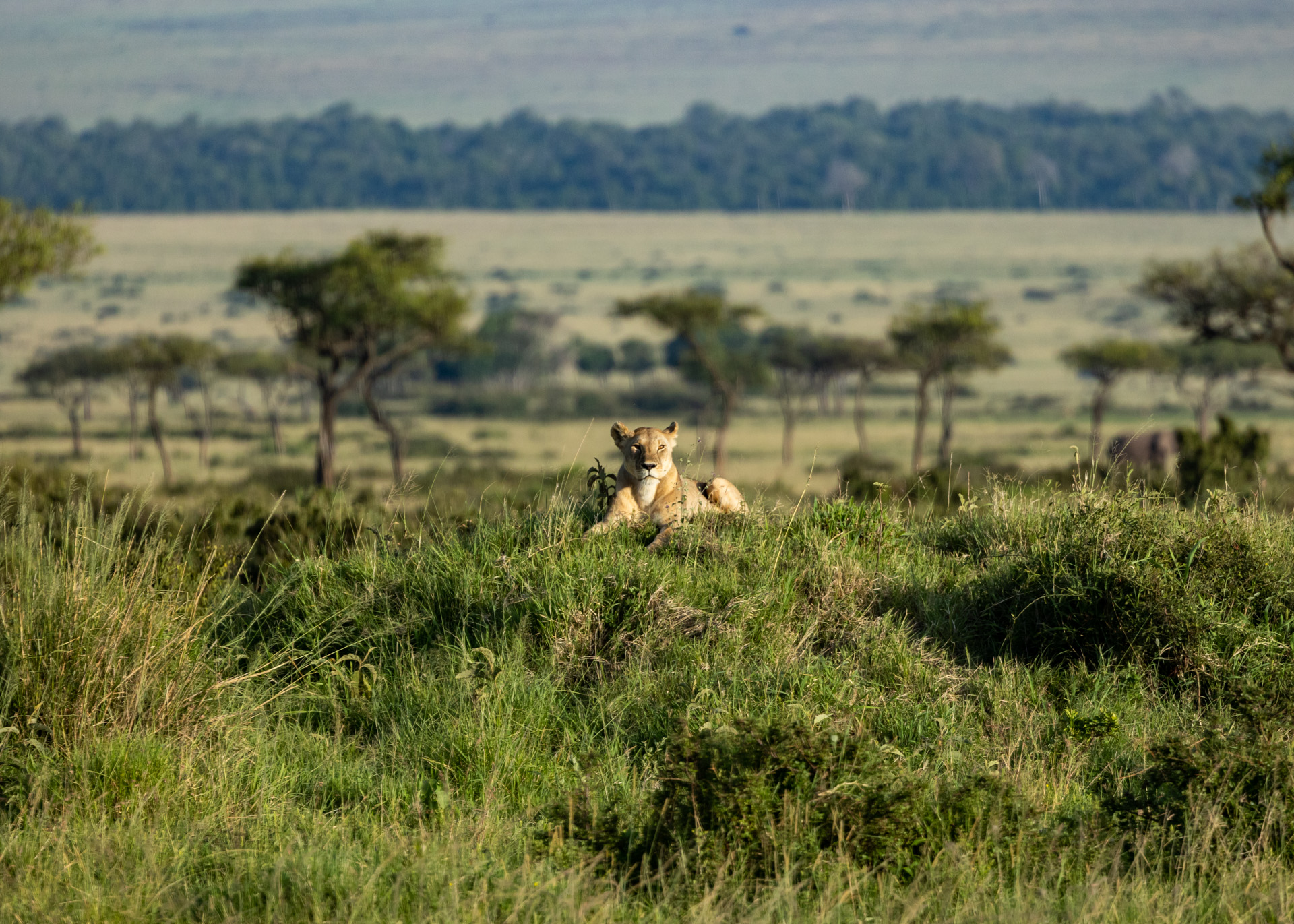
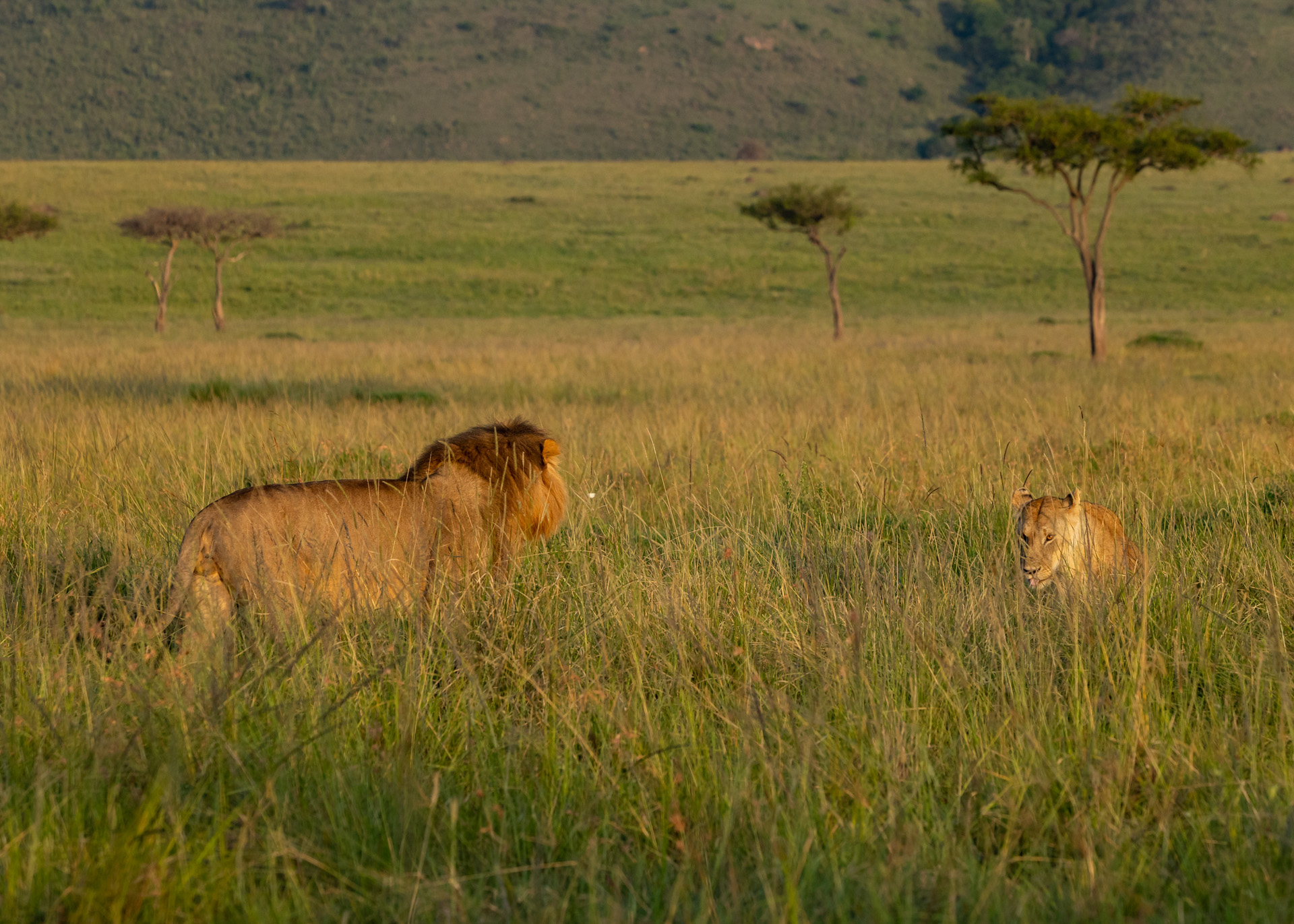
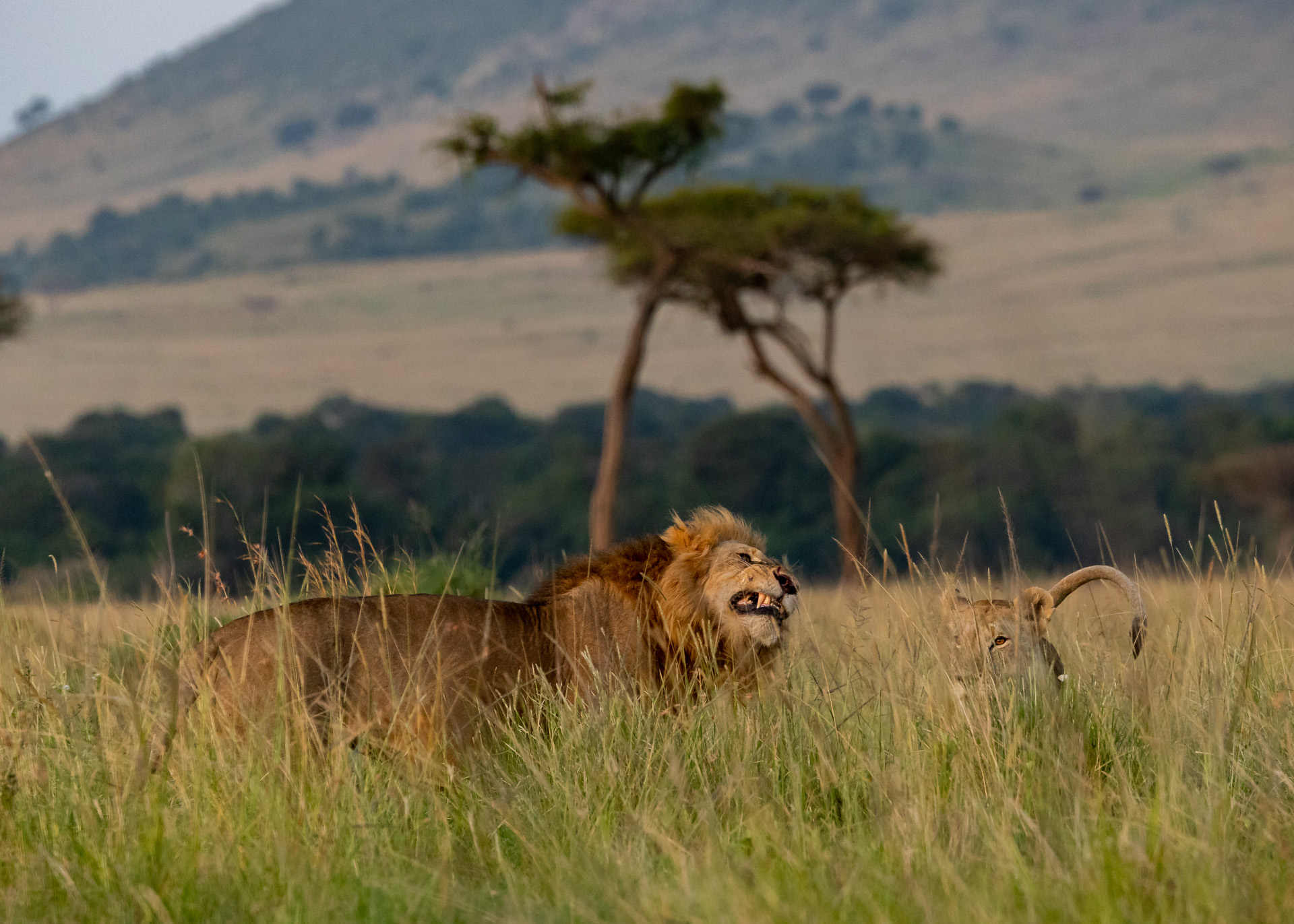
From serval cats to mongooses, a leopard's diet is so extensive that even snakes are on the menu — and deadly snakes at that. Having evaded me after hoisting a kill up a tree and then taking it down only to lose it to a more aggressive hyena, I was determined to find Nadallah the next day at the break of dawn. I found her low on the ground busy finishing chomping on a small kill. To my surprise, I realised it was a lethal black mamba snake. Leopards have very powerful stomach acid that helps break down a snake’s venom quickly before it gets absorbed into the bloodstream. They also know to avoid the head of the snake where the venom glands are located.
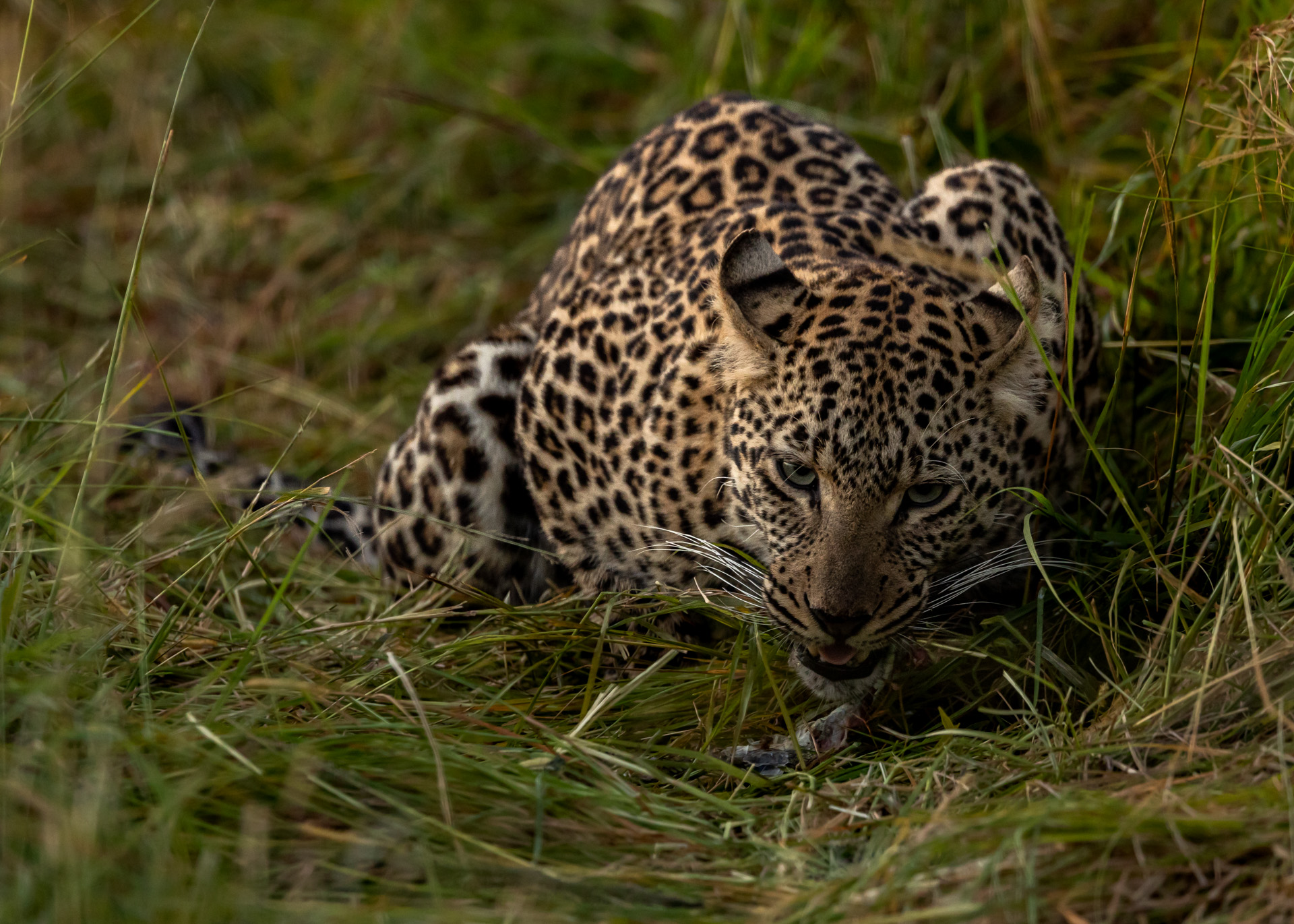
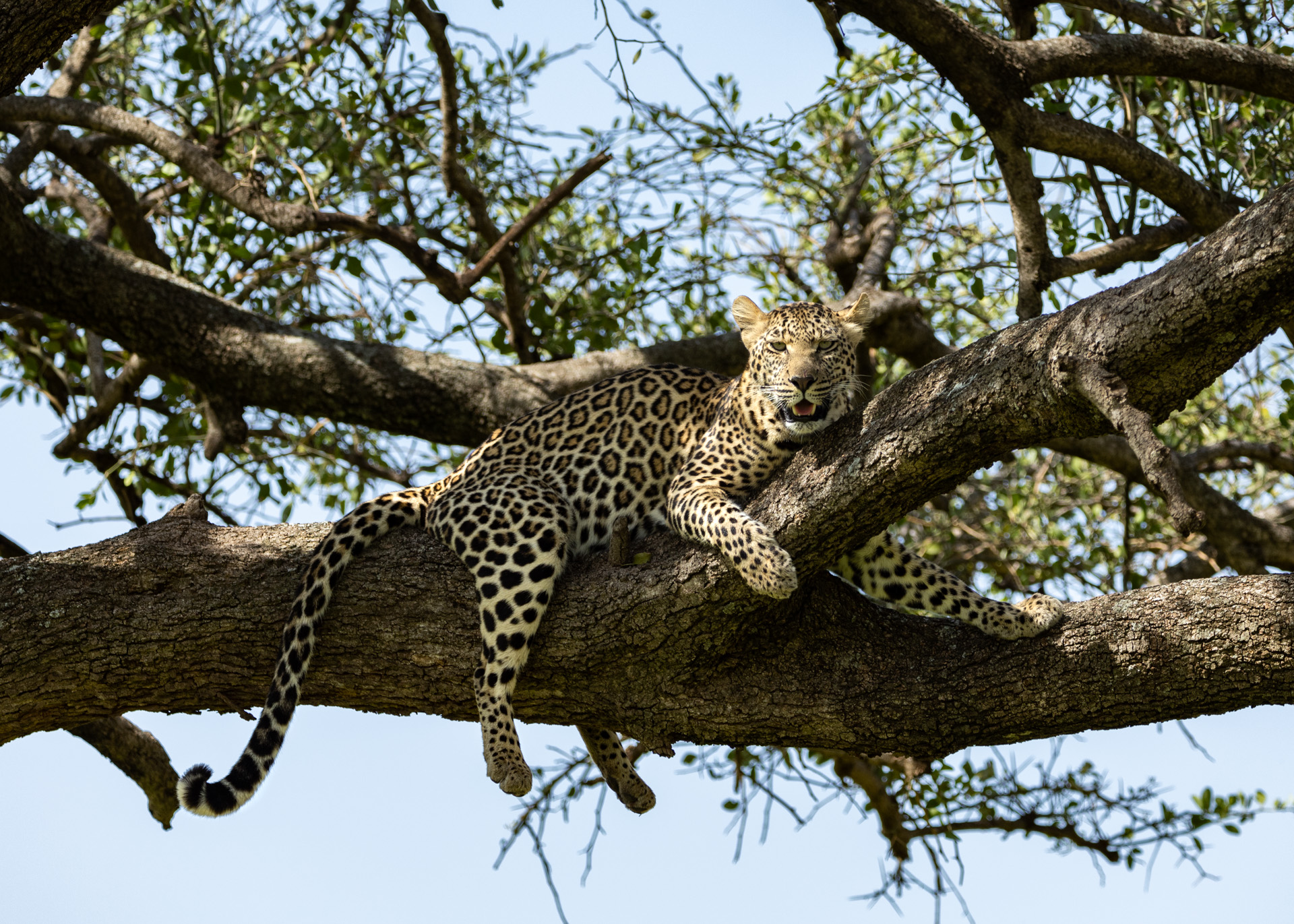
These highly adaptable creatures can have territories in the tens of square kilometers depending on the availability of food and females to mate and pass on their genes. This past week, we have seen a beast of an animal, the Salt Lick male leopard in a territory outside his normal range. After dispatching his kill, we met him walking with such confidence, unbothered by our presence, looking for some shade out of the sun to digest his food quietly.

This rarely-seen Serena male leopard has truly developed a taste for warthog. The last time we saw him was about four months ago with a warthog kill up a tree, just as we did this week. We watched as three hyenas lingered at the bottom waiting for scraps and at one time, he seemed to urinate on them, maybe to discourage them from lingering around. The hyenas' presence prevented him from coming down the tree to get some water as the day kept getting hotter and hotter but eventually, they gave up and he was able to come down for a drink.

The ever-expanding Egyptian pride continues to be a thrilling sighting in the Triangle as we see them regularly every week, now with the five cubs grunting and fighting for a spot when suckling. The mothers are doing a wonderful job raising these youngsters as they keep making successful hunts and we have faith they will succeed in raising all of them to adulthood.
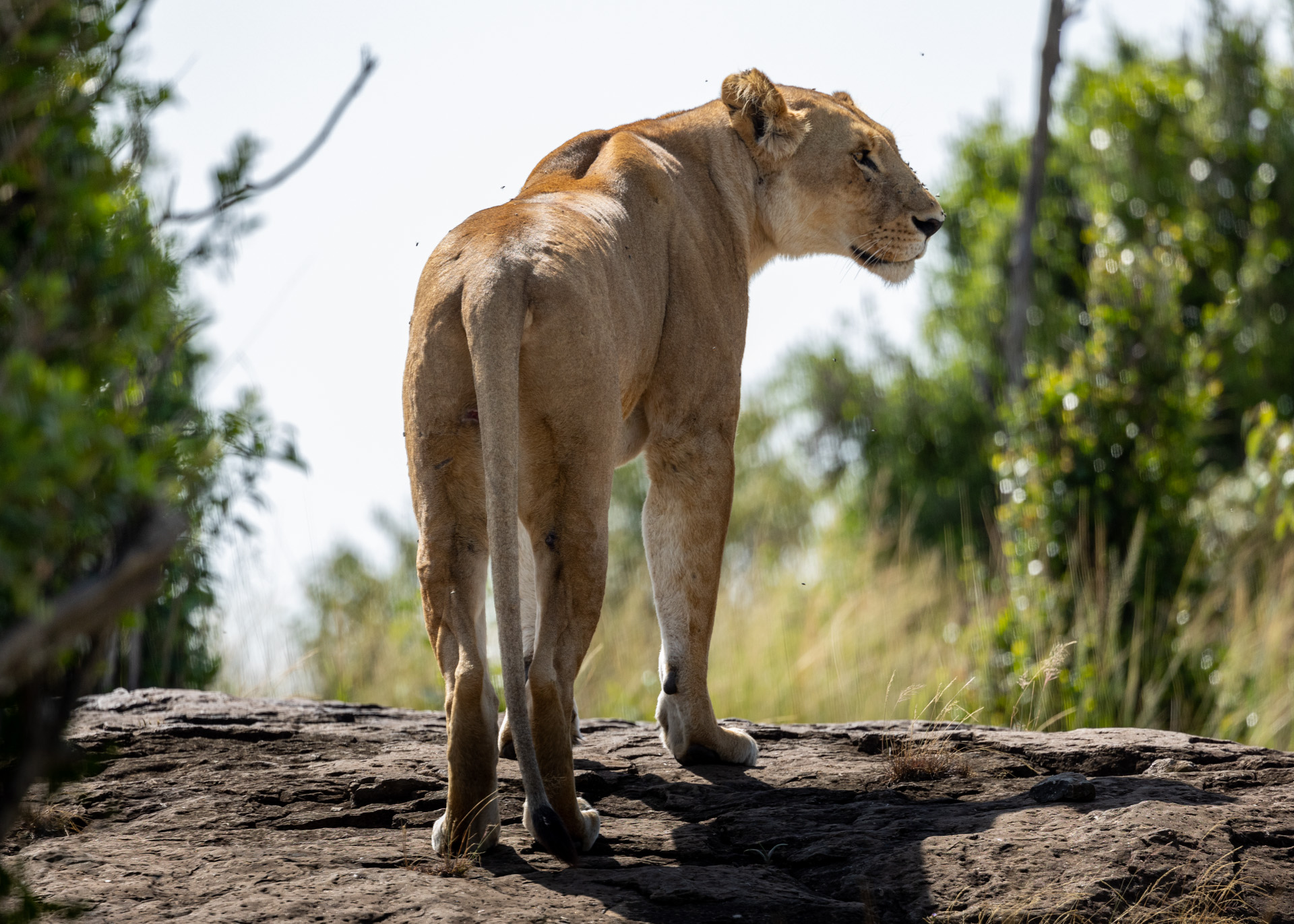
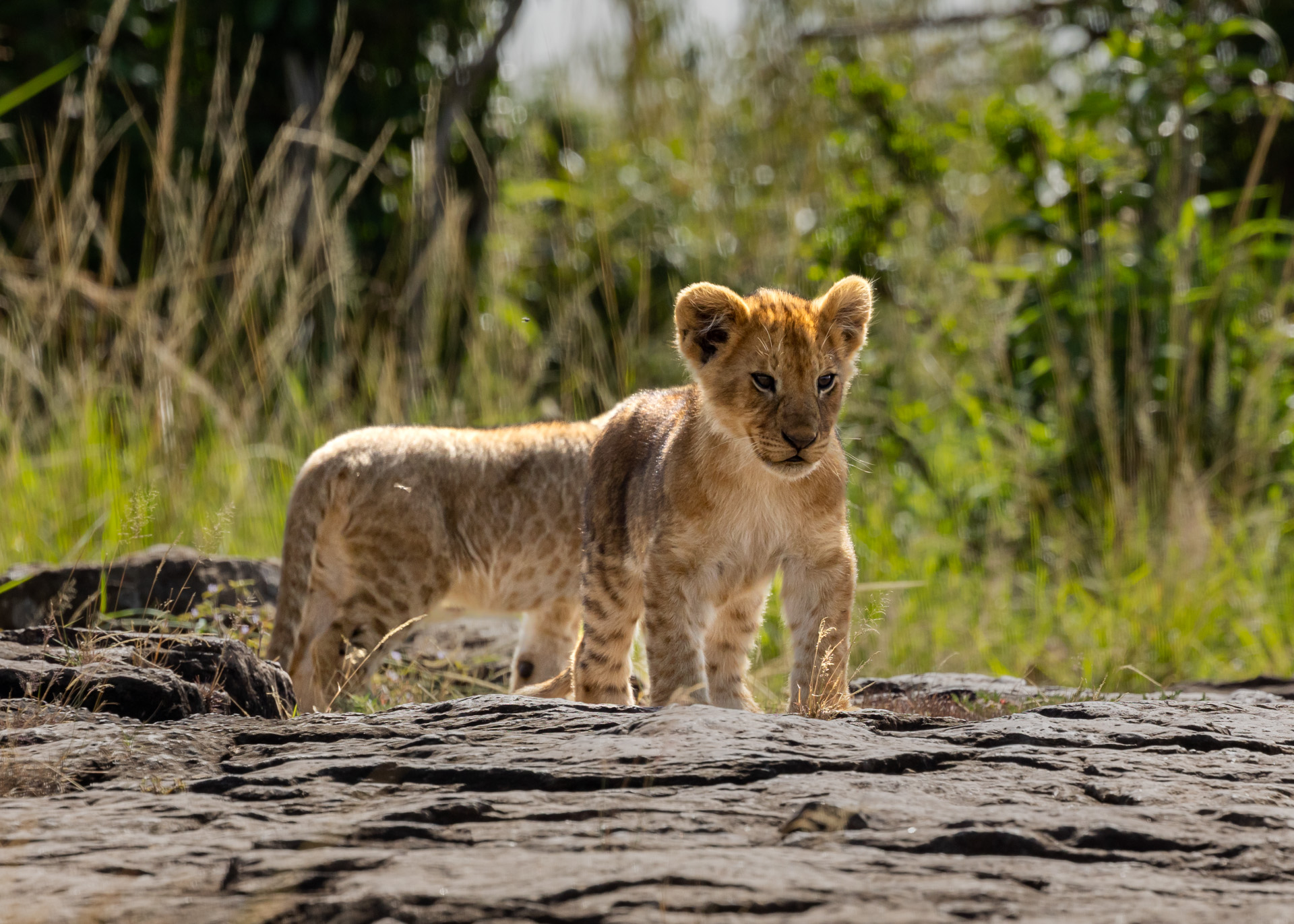
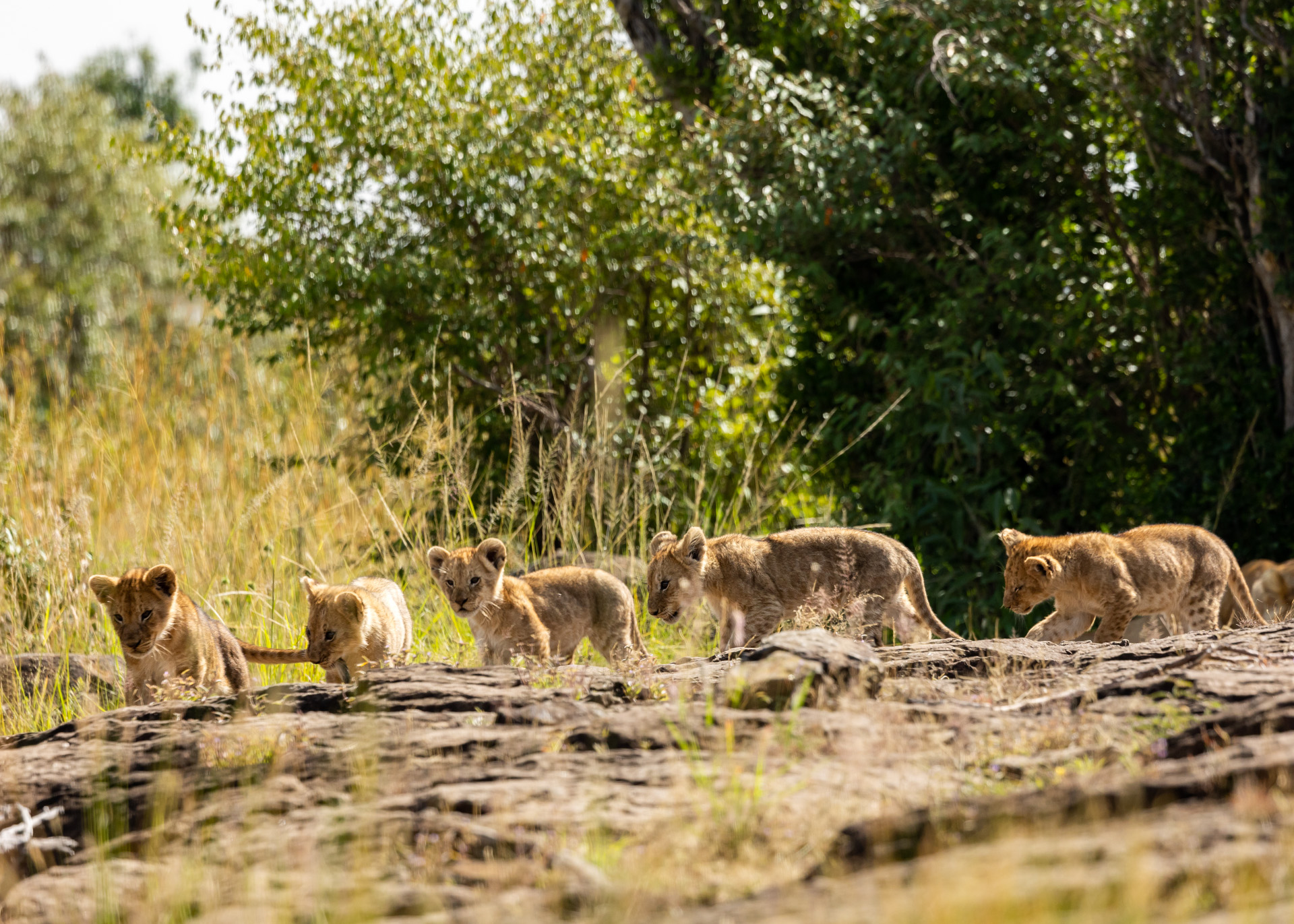
A lone adult cheetah would need to hunt every three to five days depending on the size of their last meal. The nomadic male surely looked desperate for his next meal with his bones clearly showing. We left him as he unsuccessfully attempted to take down a gazelle but failed, and hoping he managed to eat something soon.
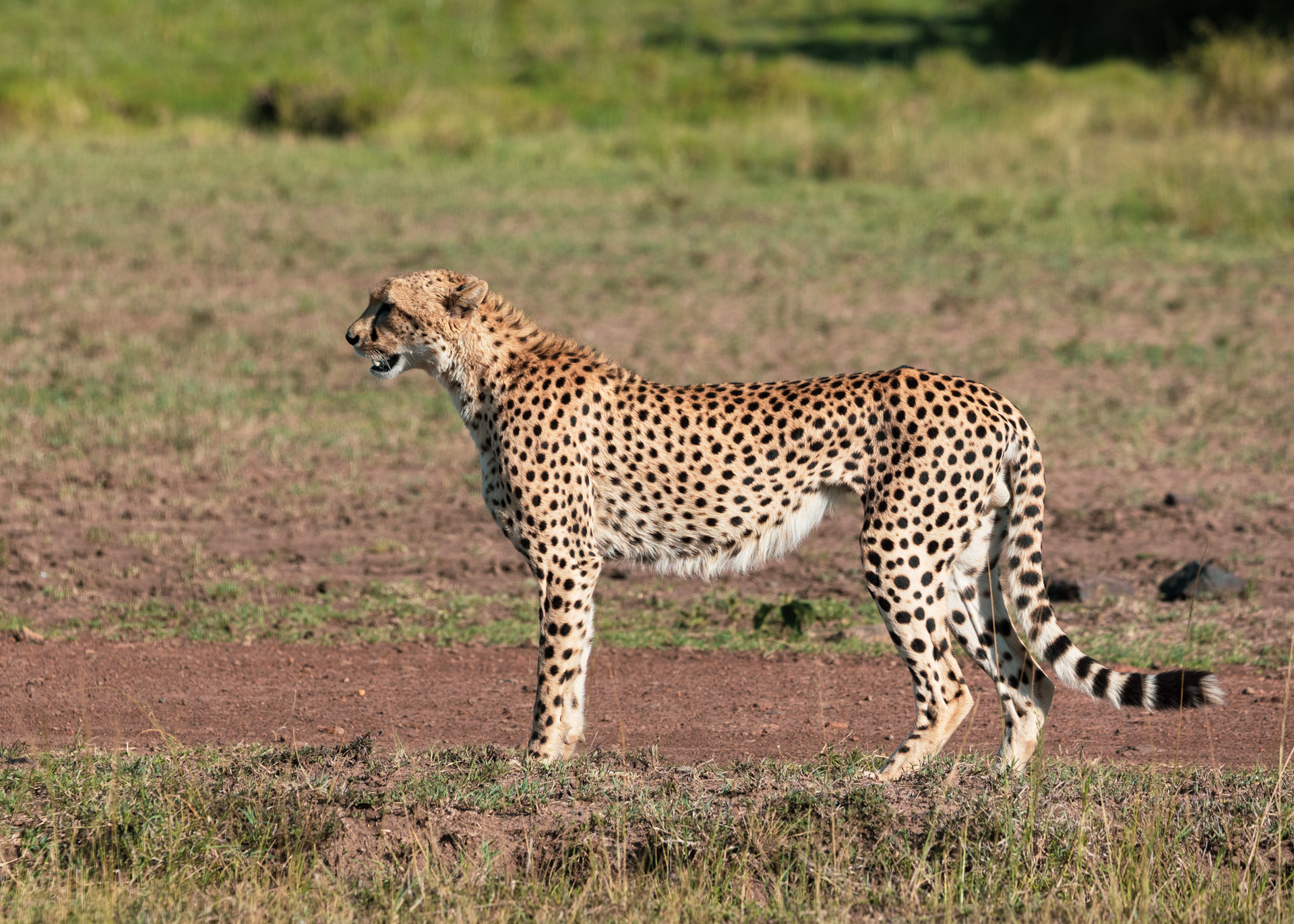
Then there are those winged creatures that take to the skies and we have seen some beauties this week — both big and small.
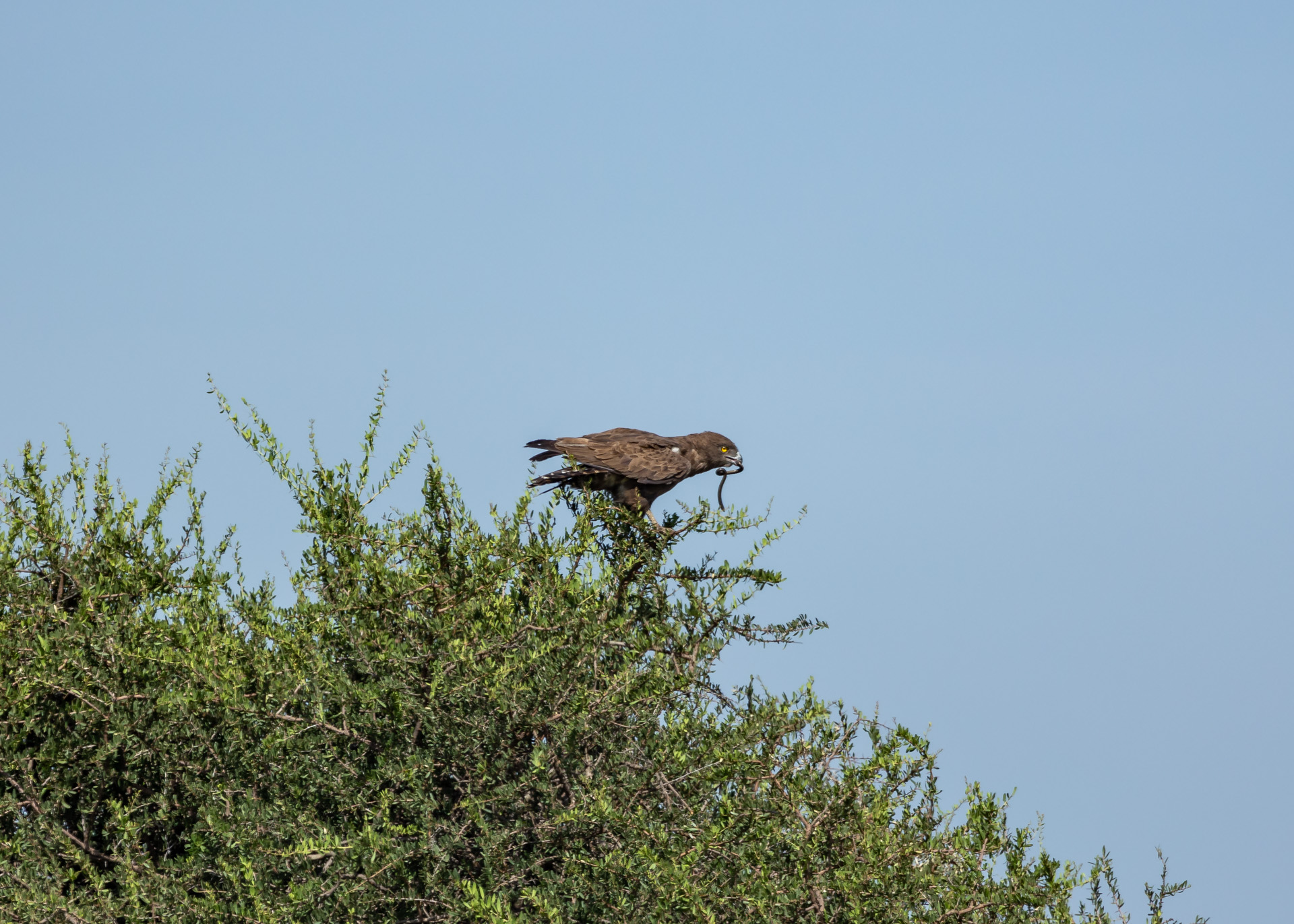

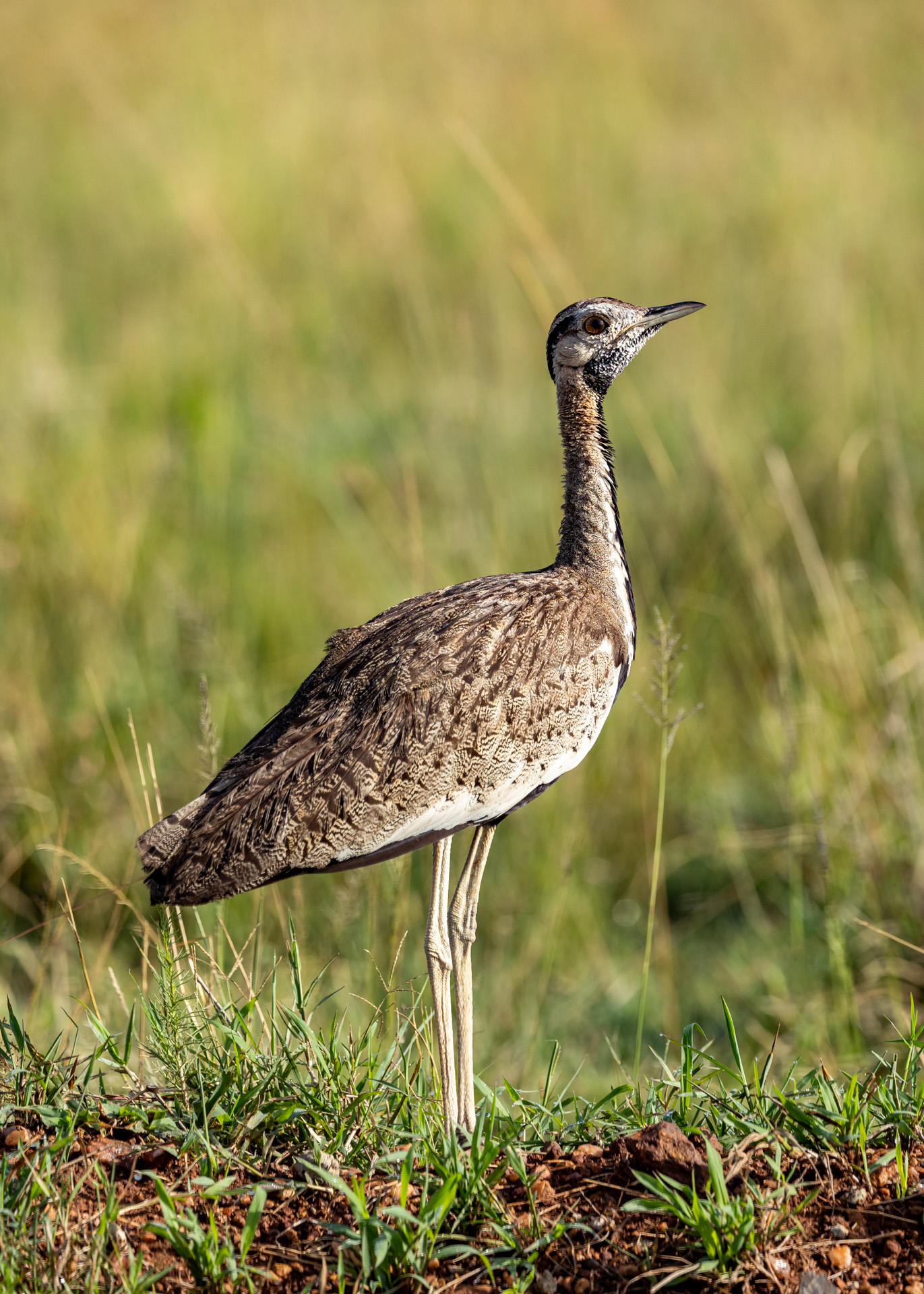

When those of us in the Photographic Studio go out on game drives we like to team up. Often, one of us will be taking stills while the other will be capturing some video. My colleague, Sammy Njoroge, took a lot of footage throughout the week and here is a small collection of what he captured:
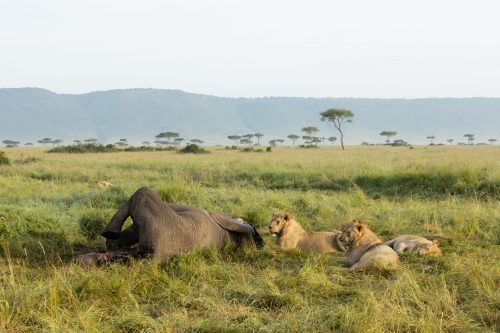
A year ago, the Nyati Six males stumbled upon a major prize — a middle-aged elephant who had died of natural causes.
Filed under: This Week at Angama
Subscribe for Weekly Stories
Comments (0):

Angama Safari Offers